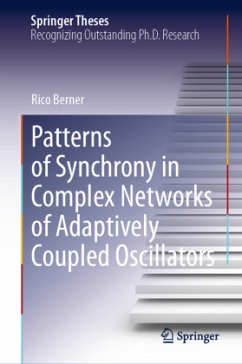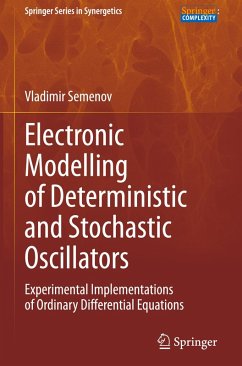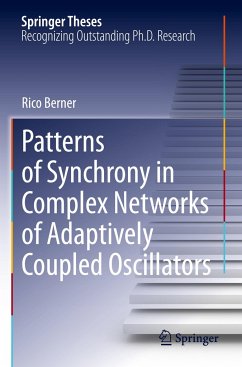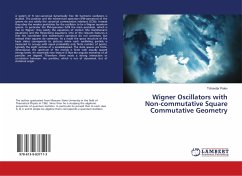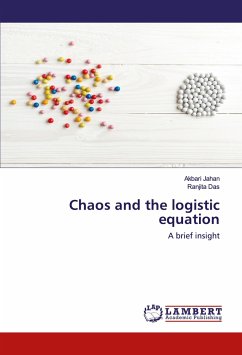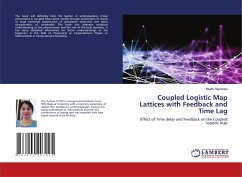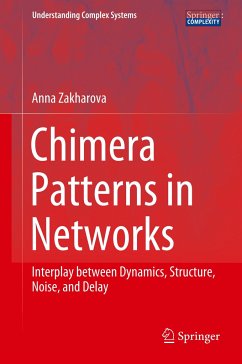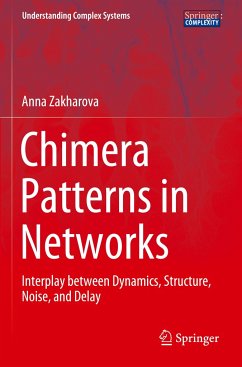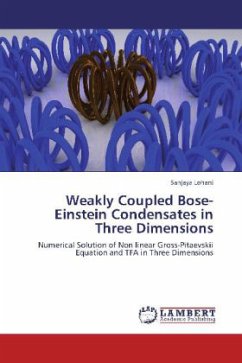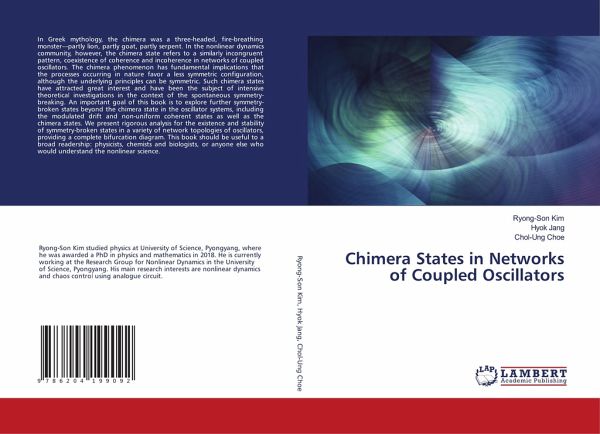
Chimera States in Networks of Coupled Oscillators
Versandkostenfrei!
Versandfertig in 6-10 Tagen
41,99 €
inkl. MwSt.

PAYBACK Punkte
21 °P sammeln!
In Greek mythology, the chimera was a three-headed, fire-breathing monster---partly lion, partly goat, partly serpent. In the nonlinear dynamics community, however, the chimera state refers to a similarly incongruent pattern, coexistence of coherence and incoherence in networks of coupled oscillators. The chimera phenomenon has fundamental implications that the processes occurring in nature favor a less symmetric configuration, although the underlying principles can be symmetric. Such chimera states have attracted great interest and have been the subject of intensive theoretical investigations...
In Greek mythology, the chimera was a three-headed, fire-breathing monster---partly lion, partly goat, partly serpent. In the nonlinear dynamics community, however, the chimera state refers to a similarly incongruent pattern, coexistence of coherence and incoherence in networks of coupled oscillators. The chimera phenomenon has fundamental implications that the processes occurring in nature favor a less symmetric configuration, although the underlying principles can be symmetric. Such chimera states have attracted great interest and have been the subject of intensive theoretical investigations in the context of the spontaneous symmetry-breaking. An important goal of this book is to explore further symmetry-broken states beyond the chimera state in the oscillator systems, including the modulated drift and non-uniform coherent states as well as the chimera states. We present rigorous analysis for the existence and stability of symmetry-broken states in a variety of network topologies of oscillators, providing a complete bifurcation diagram. This book should be useful to a broad readership: physicists, chemists and biologists, or anyone else who would understand the nonlinear science.



